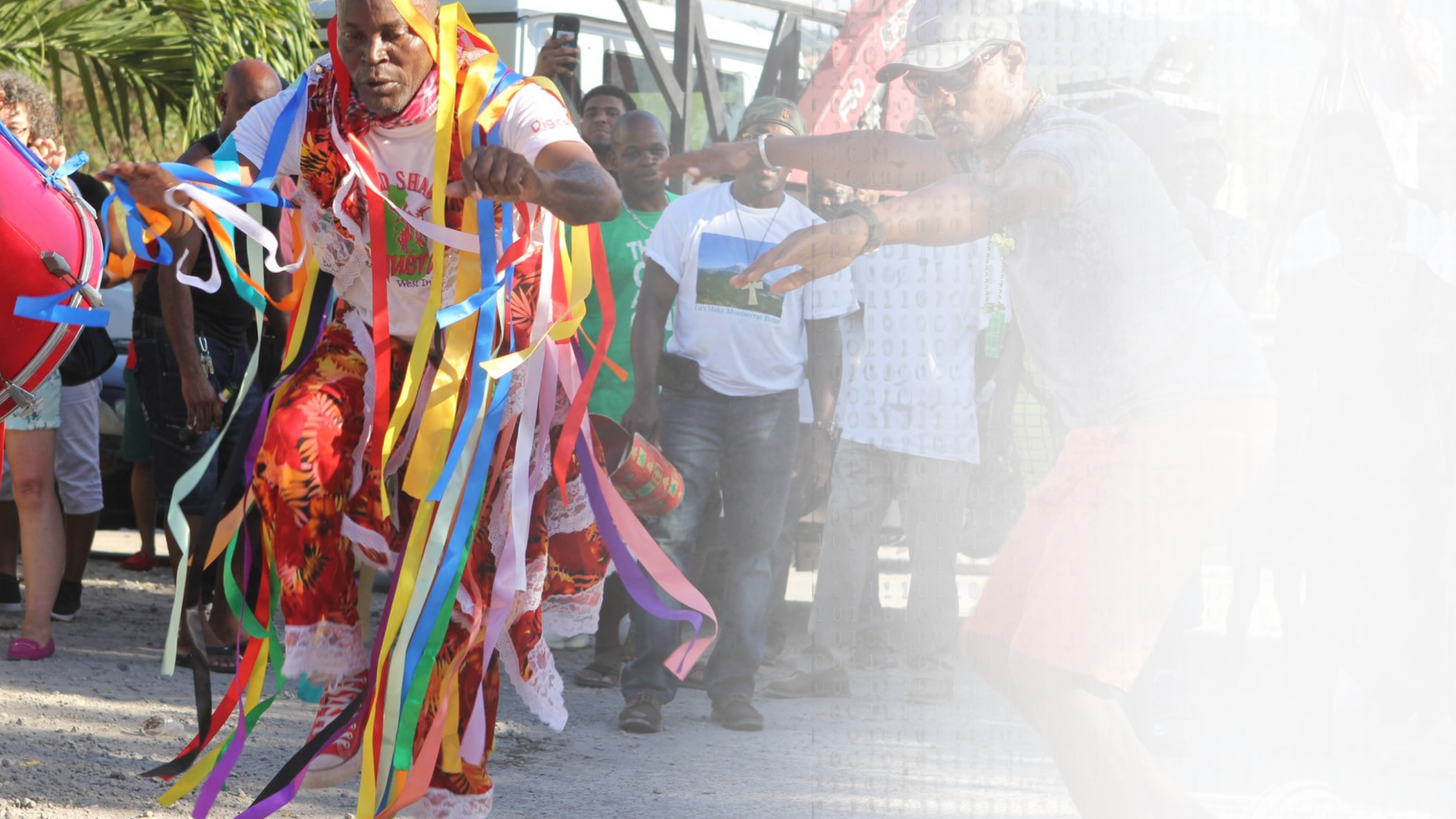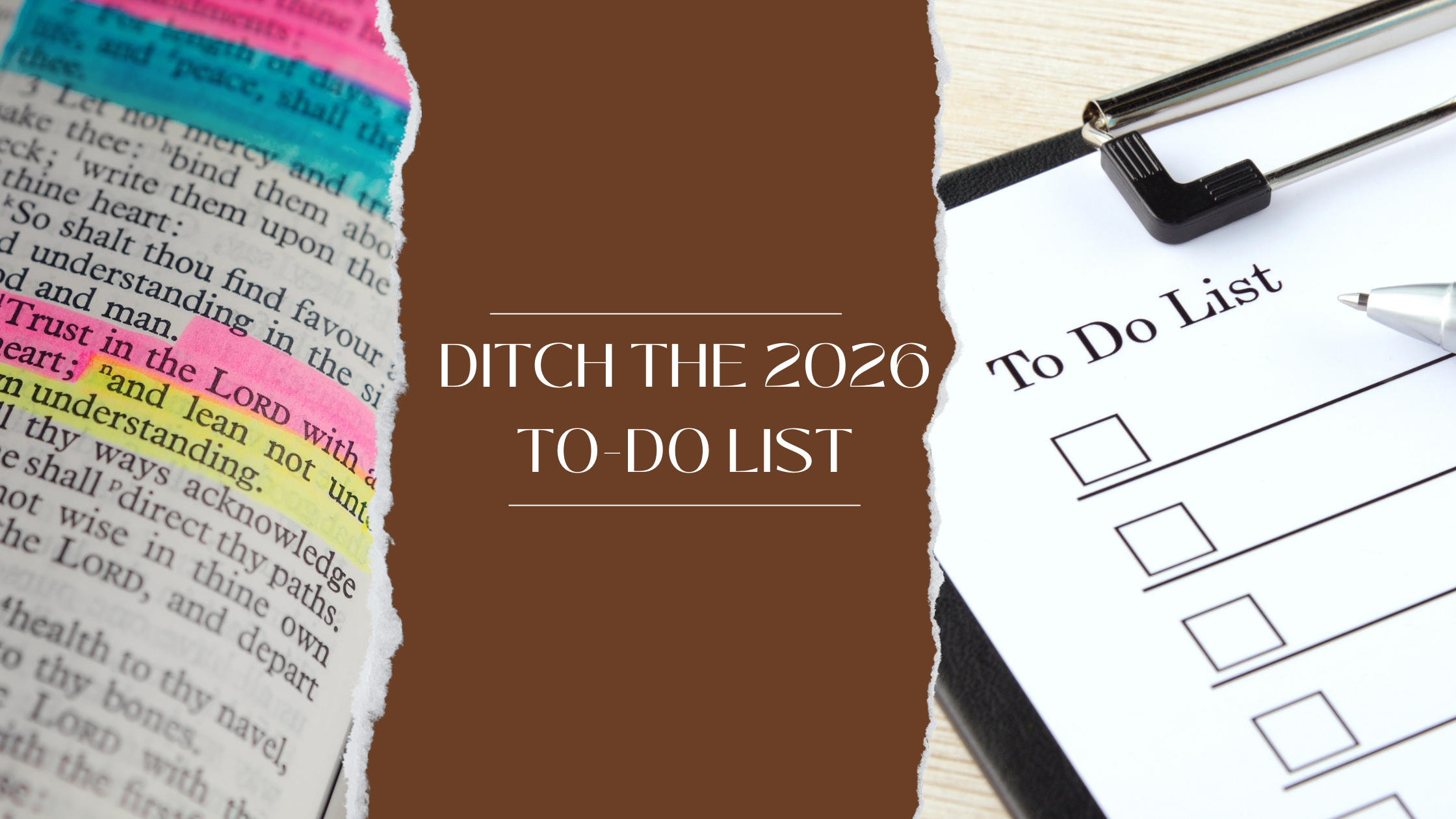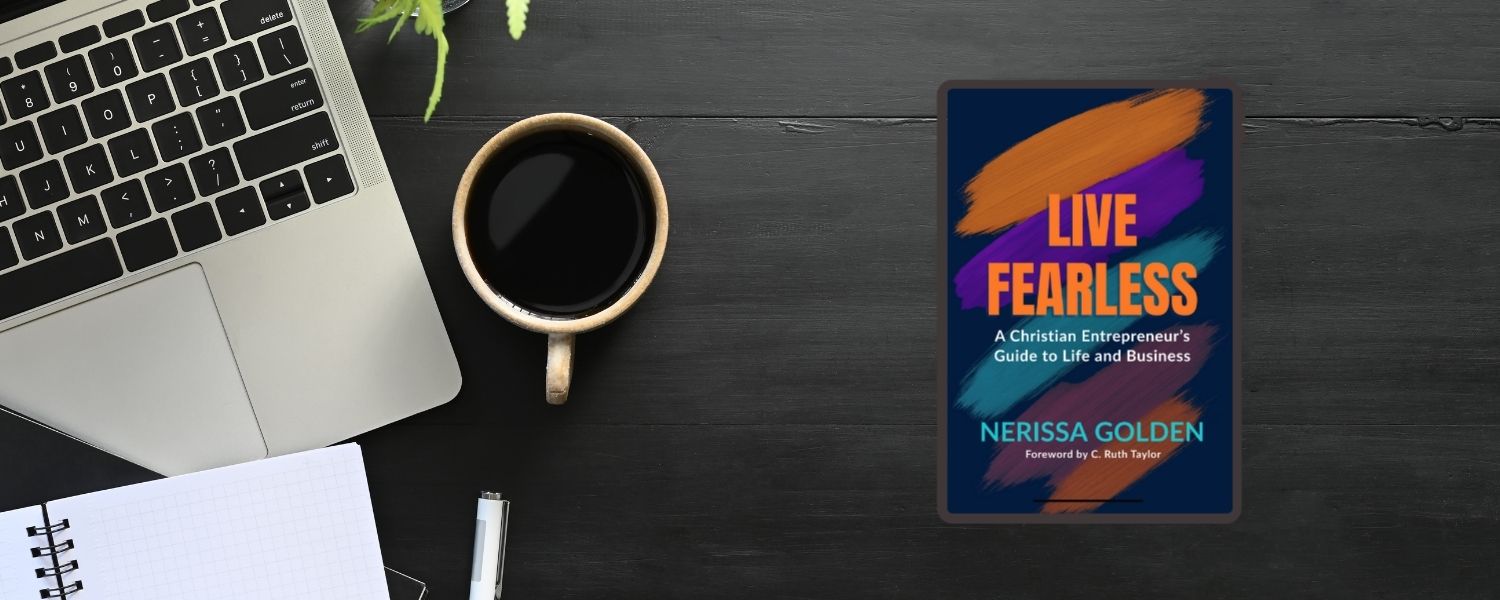Montserrat is ripe for taking advantage of Artificial Intelligence (AI). With a small, overtaxed, and ageing population, being able to use technology to eke out a little bit more from each day is a gift. But how do we use it without losing our identity and our culture?
One of the main goals when I started Discover Montserrat was not simply to be a source of current events but to serve as a repository of Montserrat news and culture. With everyone busy trying to do their work, it is often overlooked that every decision connects to another and that people will be impacted decades later.
We know AI is more than ChatGPT, but because it is the best known, it is being used quite often now in official speeches, press releases, and social posts. I use it too, so I am not against it. What must be protected, however, is our own voice. ChatGPT may polish phrasing, but it often strips away the nuances that make us unique. Our writing sounds like everyone else’s. Used wisely, AI is a support tool.
The danger comes when we use it to replace our creatives, the very voices that remind us of home and mark the rhythm of our seasons. Recently, the Montserrat Arts Council (MAC) sent AI-scripted and AI-voiced ads to ZJB Radio to promote workshops and calypso registration. Left unchecked, this sets a precedent.
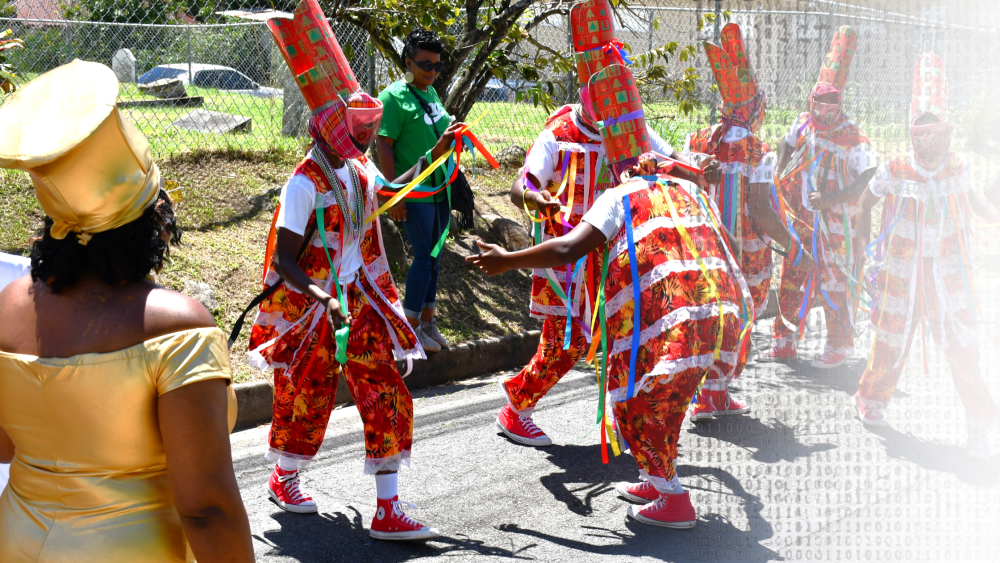
Every organisation must revisit its mandate. Is it to get information out as cheaply as possible, protect its people, or to preserve the island’s cultural legacy while building its economy? For MAC, the answer should be obvious. The music and voices that herald festival season; the jingles, old-time calypsos, Basil unveiling a new moniker, are part of our cultural DNA. To replace them with AI is cultural erasure.
Montserrat has produced iconic voices: Rose Willock OBE OE, Basil Chambers, Mike Jarvis, William “Wilise” R.K. White OM, Franklyn Aaron, George “JGP” Piper, Franklyn “Algie” Greaves. Newer ones like Little Lenny and Sharlene Lindsay deserve nurturing. To silence them with digital replicas is to devalue not just individuals but our collective memory. The same applies to music. Swapping authentic sounds for AI-generated tracks speaks to the longstanding disregard for local artists. Government and businesses often skip licensing local songs, radio stations bypass copyright obligations, and artists accept pennies out of fear of getting nothing at all. The solution is not to erase them from the equation.
Instead, AI should be embraced as a tool for cultural preservation and expansion:
- Recording and Transcribing Oral Histories: Elders’ stories can be documented and preserved before they vanish.
- Recreating Lost Images: With so many photos lost to hurricanes and volcanic eruptions, AI can rebuild visuals from memory and testimony.
- Planning and Strategy for Creatives: AI can help artists with grant writing, business plans, and marketing campaigns so they can focus on their craft.
- Digitising Archives: Music, calypso, and masquerade performances can be restored and shared with global audiences.
AI can be a lifeline, not a threat, if creatives remain at the centre.
The Policy Framework Still Matters
In 2012, the late Professor Sir Howard Fergus drafted a National Cultural Policy for Montserrat. He described culture as “the distinctive way of life of a people called Montserratians.” It was both identity and economy. He warned against reducing culture to seasonal entertainment and called for sustained investment in training, infrastructure, and economic development.
Read the draft cultural policy here.
More than a decade later, the vision remains largely unrealised. Festivals are underfunded, musicians lack career pathways, and promising projects like 4th Dymension’s VR recreation of Plymouth remains an isolated success story rather than a product through which we can engage with visitors, spark our children’s imagination and develop more technology-driven experiences. The roadmap exists. What is missing is intentionality and commitment.
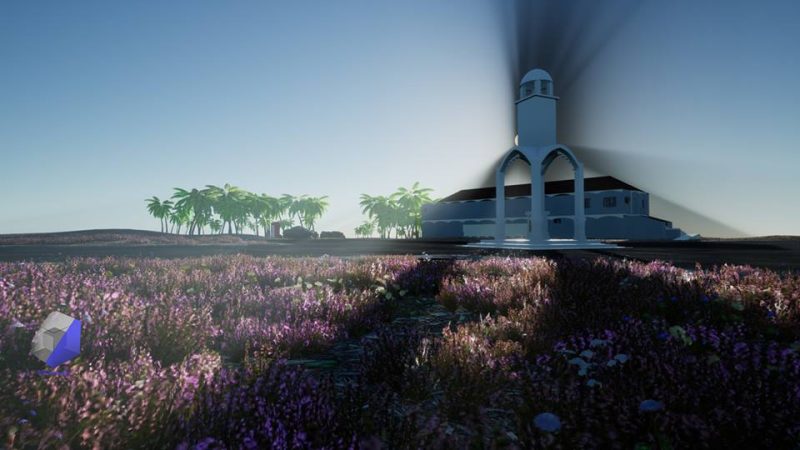
What Needs to Change
Strengthen the Arts Council’s Role: Not just as an organiser of events, but as the standard-bearer for valuing, paying, and promoting Montserrat’s creatives. Its Board of Directors, not the Office of the Premier, needs to lead on this and hold the management team accountable for delivering this.
Create an Endowment Fund for Culture: Invite diaspora contributions, with partnerships in the UK and North America to provide tax-free benefits. This could fund festivals, oral history projects, and heritage preservation.
Develop an Artist-in-Residence Programme: Support one artist every eighteen months to two years, to focus fully on their work, whether painting, fashion, film, book, theatre, or album. Their creations then enrich Montserrat’s cultural capital.
Make Arts the Backbone of Tourism: Too often, creatives are featured in glossy campaigns but only the photographer or videographer is paid. The image exists because the artist; the masquerader, the calypsonian, the dancer, the designer, has been putting in the work, often without compensation. If culture is to be marketed as Montserrat’s identity, then our creatives should not just be featured, they should be paid ambassadors and influencers of the brand.
Leverage Technology Without Replacing Creatives: Use AI to preserve, plan, and expand, but never to erase.
What We Can Do Now
- Artists and Musicians: Document work, teach the next generation, use digital distribution to build and market their brand.
- Community Leaders: Record and pass on the stories behind traditions.
- Entrepreneurs: Develop cultural micro-businesses – lunchtime calypso shows, craft and cooking workshops, storytelling nights.
- Educators: Integrate Montserratian heritage into lessons.
- Financial Institutions: Offer micro-loans for cultural businesses.
- Government: Adopt Dr. Fergus’s policy as a 10 to 15 year plan, invest in training, provide micro-loans for cultural ventures.
- Private Sector: Partner with festivals to create profitable cultural experiences.
- Schools and Colleges: Actively promote and encourage students to pursue pathways for certification in music, theatre, and writing.
A Long-Term Vision
As Sir Howard Fergus said, “Culture harbours economic assets which should be harnessed to expand the frame of economic activity.”
Montserrat cannot afford to cut corners by replacing creatives with AI. The future lies in paying them properly, preserving their stories, and using technology to expand, not erase our legacy.
The question is no longer whether we can afford to invest in culture in this AI world. It is whether we can afford not to.
